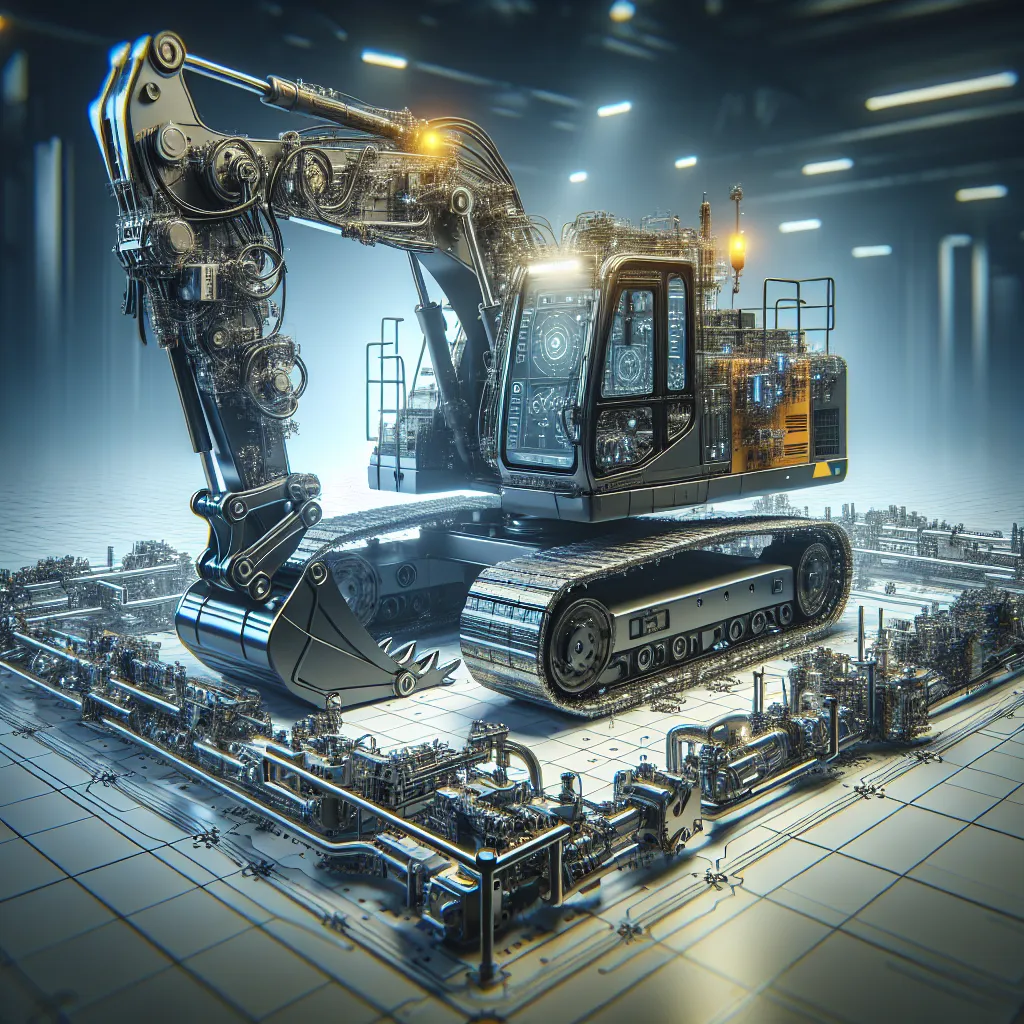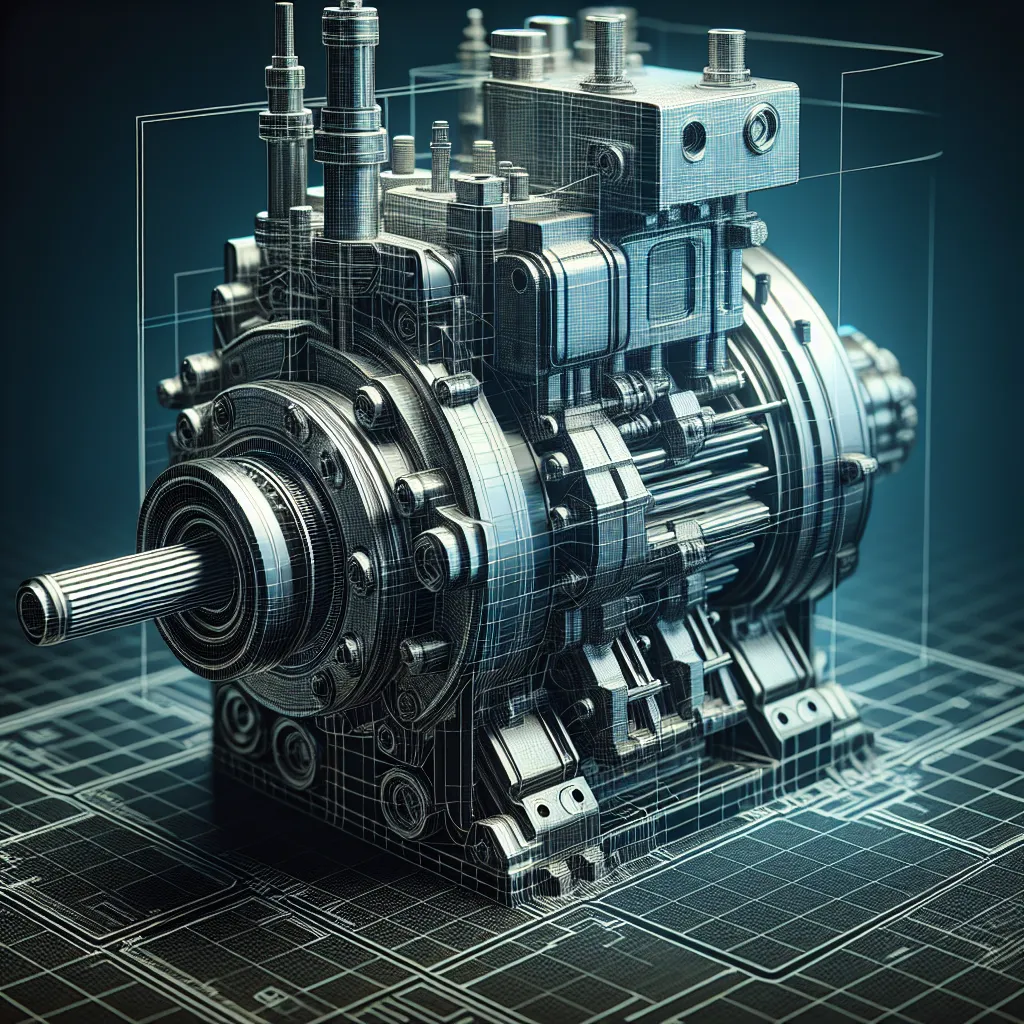Gdzie znaleźć polskie laboratorium protetyczne w mojej okolicy?
Artykuł omawia kilka skutecznych metod poszukiwania lokalnych laboratoriów protetycznych, zwłaszcza polskich, w naszej okolicy. Wskazuje na korzyści wynikające z wyszukiwania internetowego, polecania przez dentystę, a także zasięgania opinii od rodziny i znajomych. Ponadto, artykuł sugeruje korzystanie z portali internetowych i specjalistycznych stron, które gromadzą informacje o laboratoriach protetycznych w danej okolicy. Zachęca czytelnika do dokładnego przeanalizowania oferty laboratorium, sprawdzenia opinii klientów i porozmawiania z personelem, aby wybrać laboratorium najlepiej odpowiadające jego potrzebom. Dodatkowo, artykuł podkreśla istnienie poradników online, które ułatwiają znalezienie polskich laboratoriów protetycznych w różnych regionach, zapewniając informacje o laboratoriach, recenzje od pacjentów oraz pomoc w znalezieniu laboratorium specjalizującego się w danej dziedzinie protetyki.





















